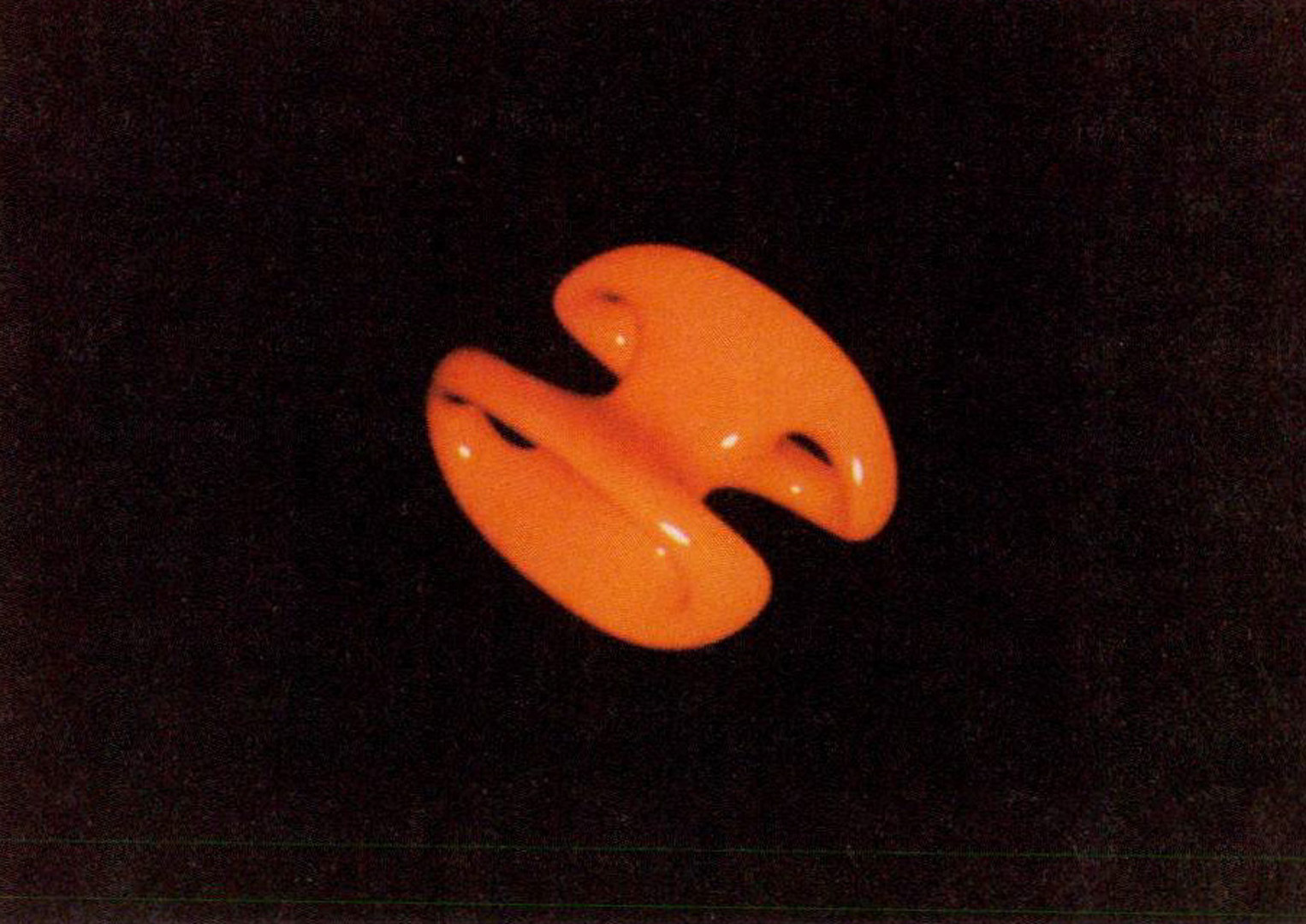“Blend surfaces for set theoretic volume modelling systems” by Middleditch and Sears
Conference:
Type(s):
Title:
- Blend surfaces for set theoretic volume modelling systems
Presenter(s)/Author(s):
Abstract:
Most volume modelling systems are very limited in the complexity of the surfaces which they support. This is satisfactory for basic models of most mechanical components, since the functional surfaces are not usually complex. However, there are often blends between simple base surfaces. This paper presents a technique appropriate for blend definition and profile control. A discussion of blend conics is used to develop analogous surfaces for use in typical volume modelling systems. These surfaces are then used to set theoretically define bounded volumes for fillets and chamfers. Empirical results show that the method described suits many engineering applications.
References:
1. A. A. G. Requlcna and H. B. Voelker, ‘Solla Moaelltng : Current Status ana Research Directions’, IEEE Computer Graphics and Applications, pp 25-37, October 1983.
2. N. H. Samuel, A. A. G. Requlcna anOS. A. E1klnd, ‘Methodology and Results of an industrial Part Survey’, Product Automation Project Technical Memoranaum TM-21, University of Rochester, July 1976.
3. J. R. Rosslgnac ana A. A. G. Requlcna, ‘Constant Radlus BlenOlng In $011d Hoaelllng’, Computers in flecnanlcal Engineering, July 1984.
4. R. E. Barnh111 and R. F Rlesenfleld, e~s., ‘Compute~ AlOed Geometric Deslgn’, Aoademlo Press, 1984.
5. I. O. Faux, and H. J. Pratt, ‘Computational Geometry for Design and Manufacture’, ElltsHoruood, 1979.
6. R. F. Sarraga and W. C. Waters, ‘Free Form Surfaces in GM SOLID : Goals and Issues’, Proceedings, General Motors Symposium on Solld Hodelltng, September 1985.
7. O. S. Peng, ‘Volume Modelling for Sculptured Objects’ Ph O Thesls. University of East Anglia, Septembe~ 1983.
8. H. ChlsoKura and F. Kllura, ‘Oeslgn of Sollds ulth Free-form Surfaces’, Computer Graphics, Vol. 17, NO. 3 (SIGGRAPH Proceedings), July 1983.
9. M. Galevelat, O. P. Sturge and O. B. welbourne, ‘Blenden, Ourcndrlngungsllnte und Abulcklungen – das VerbtnOen yon Doppelt Gek~mmten Fl~chenelementen In DUCT System’, Konstruktton)), H 10, 1981.
10. A. R. Forrest, ‘ComputattonalGeometry – Achievements anO Problems’, Computer AldeaDeslgn, pp 17-44, R. E. BarnhlllandR. F. Rlesenfeld, ads., AcademloPress, 1974.
11. A.P.ROCKUOOQ,’Introducing SculptureO Surfaces lnto a Geometric MoOeller’, Proceedings, General Motors Slmposlum on S011d Hode111ng, September 1983.
12. A. P. Rockwood, Shape Data Ltd., private communication.
13. E. E. Catmull and 3. Clark, ‘Recurslvely Generated B-spllne Surfaces on Arbitrary Topological Meshes’, Computer Aldea Deslgn, VOl 10, No 6, November 1978.
14. O. w. H. ODD and H. $abtn, ‘Behavtourof Recurslve Olvlslon Surfaces near Extraordinary Polnts’, Computer Alaed Design, Vol 10, NO 6, November 1978.
15. A. H. Bart,’SuperquaOrlcs anO Angle Preserving Transformations’,IEEE Computer.
16. A. Rtccl, ‘A Constructive Geometry for Computer Graphics’ Computer 3ournal Vol 16, No 2, pp 157-160, Hay 1975.
17. S. O. Rotn, ‘Ray Casting foz Hodelllng Solids’, Computer Graphlcs and Image Processing, Vol. 18, No. “2, pp 109-144, February 1982.




